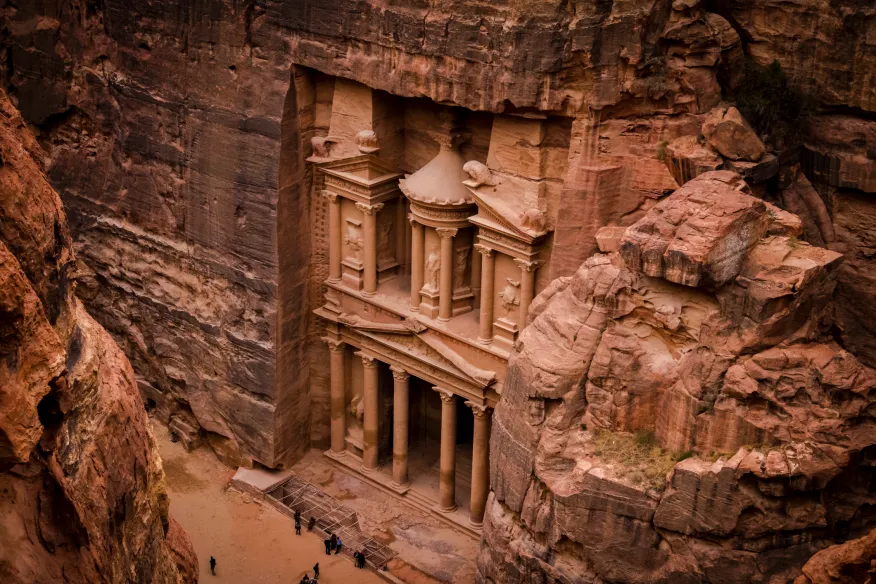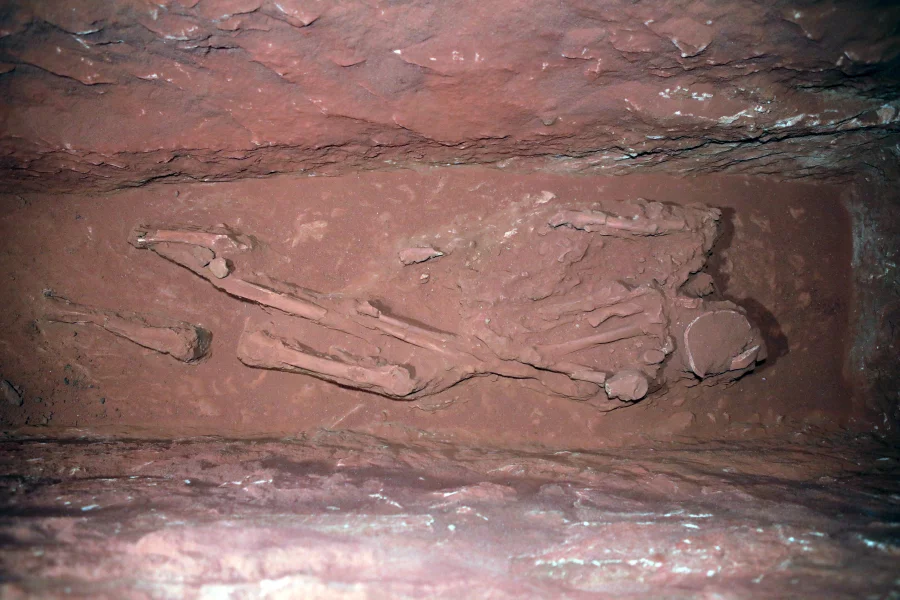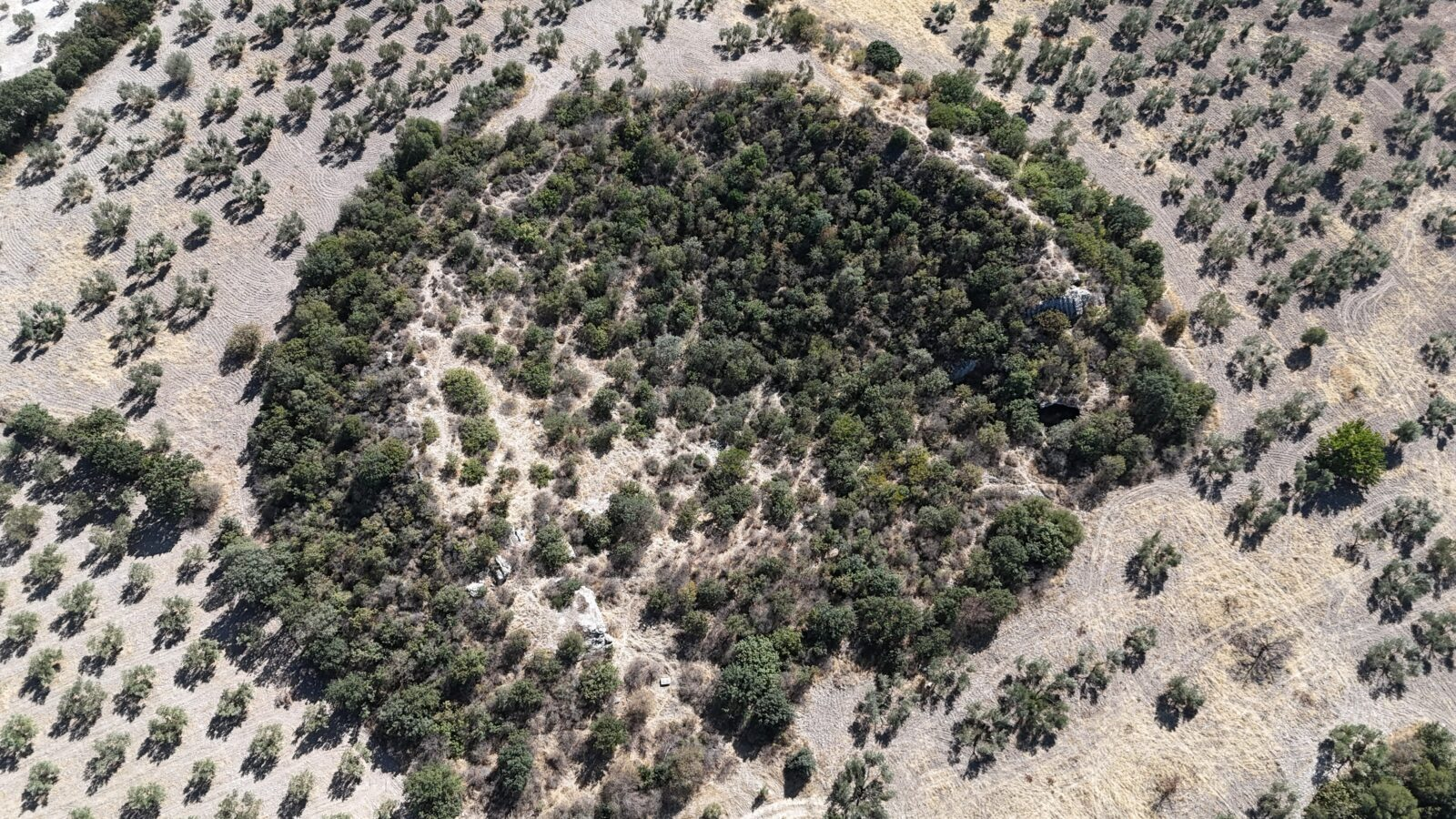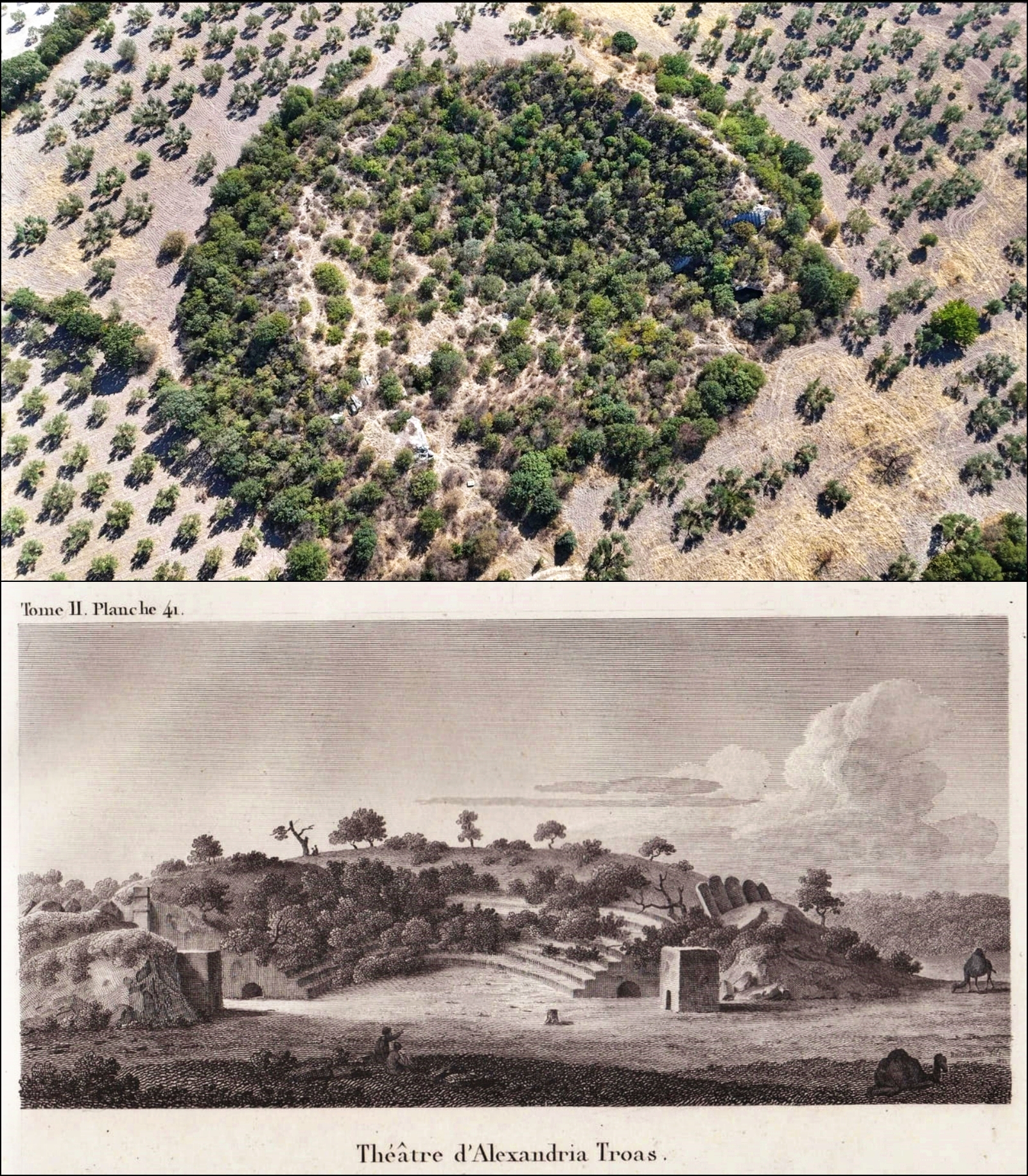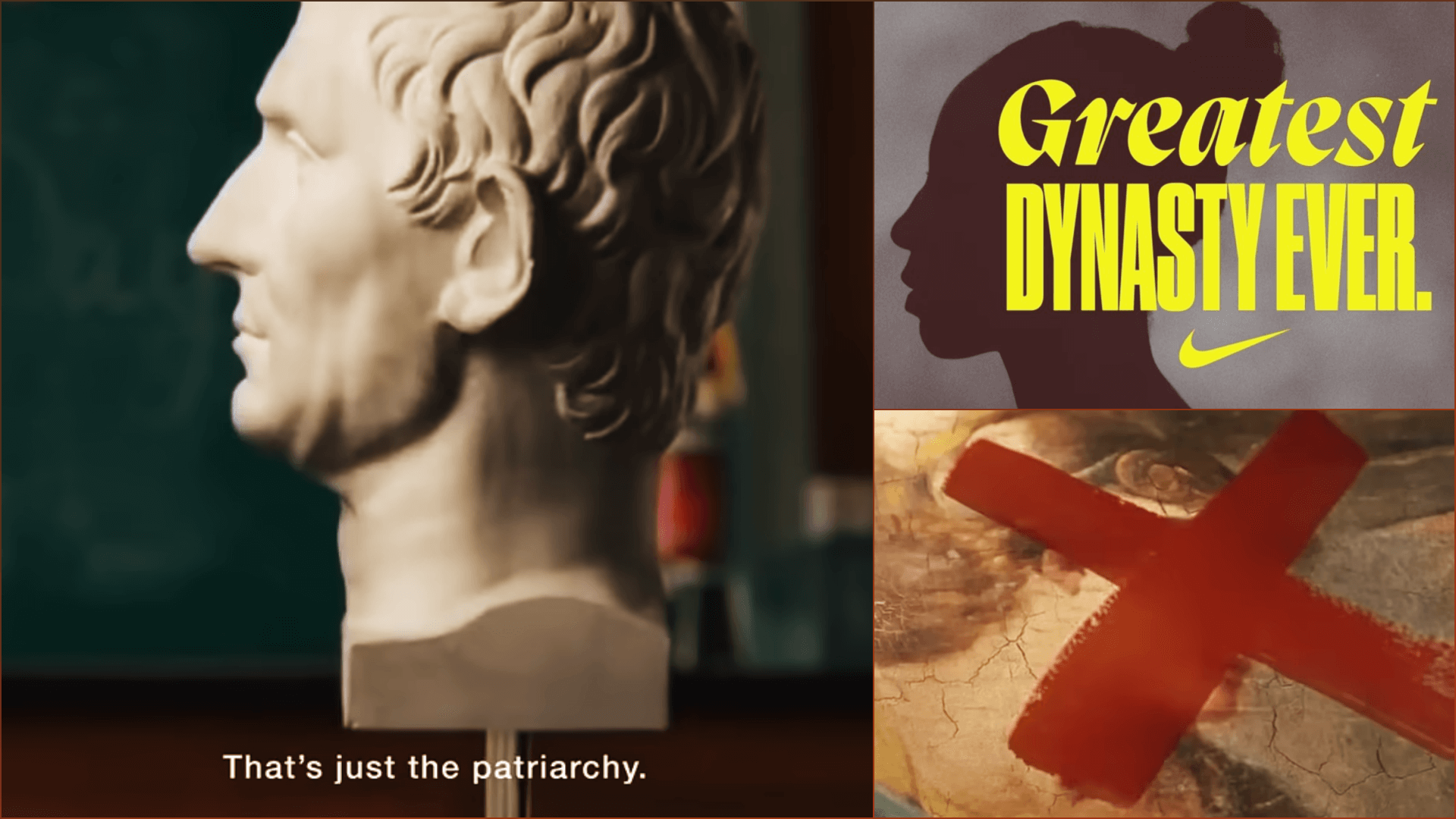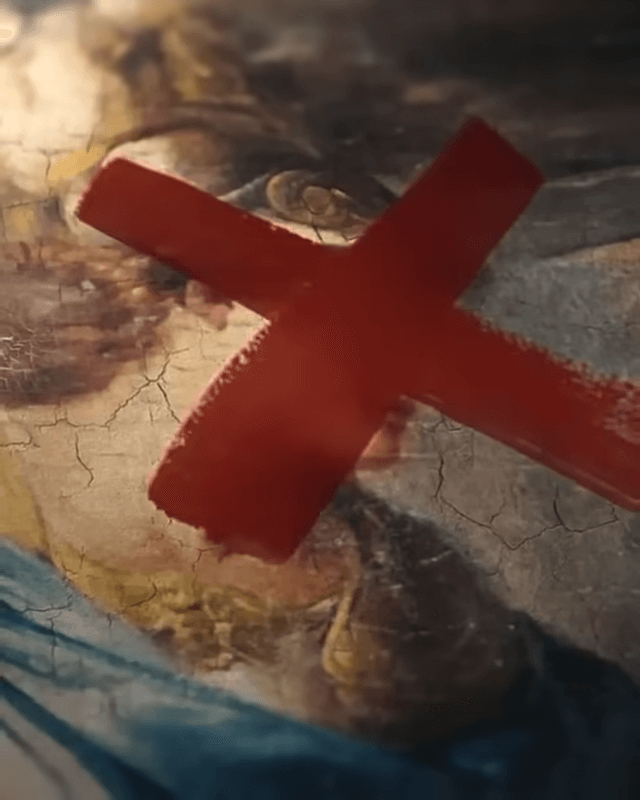The Museum of Pavlos and Alexandra Kanellopoulos in Greece recently inaugurated the exhibition titled "Prometheus Unbound - A Masterpiece Returns to Light," a significant cultural event that marks the return of an iconic artwork to the public eye after many decades. This exhibition, officially opened by the Greek Minister of Culture, Lina Mendoni, is a testament to both the historical and artistic value of the painting, as well as its journey across borders and eras. It serves as a precursor to the painting’s permanent restoration to its original setting in the collection of the former royal estate of Tatoi.
The Historical Significance of "Prometheus Unbound"
The artwork, created by Danish artist Carl Bloch, was commissioned by King George I of Greece, a monarch of Danish descent who ascended the Greek throne in 1863. The selection of the myth of Prometheus was no coincidence; for the young king, it symbolized aspirations for the comprehensive liberation and rebirth of Greece, a sentiment deeply rooted in the nation's struggle for independence during the Greek Revolution of 1821. The myth of Prometheus, who stole fire from the gods to bestow it upon humanity, resonates as a symbol of freedom and defiance against oppression—a timeless allegory that Bloch masterfully captured.
The painting holds a dual significance, both in Greece and Denmark. After its completion, it was exhibited in Denmark in 1865, a year after Denmark’s defeat in the Second Schleswig War. To the Danish audience, Prometheus represented a symbol of national resistance and hope for liberation, rendering Bloch’s work a piece of dual national importance. Minister Mendoni highlighted this unique cultural convergence, underscoring how the painting's narrative of defiance and resilience reflected the aspirations of two nations during pivotal periods in their histories.
The Artistry of Carl Bloch
At the heart of the exhibition is the mythological scene where Prometheus is freed by Heracles, depicted in a moment of triumph and redemption. Bloch’s portrayal of this powerful scene is characterized by its dramatic intensity and masterful use of light and composition, drawing the viewer into the climactic liberation of the tortured titan. Through Bloch's refined brushwork, the allegory of freedom and defiance against tyranny not only permeates the artwork but also evokes profound emotional resonance.
Bloch’s ability to convey such powerful emotions through his art makes "Prometheus Unbound" one of his most distinguished works. It was this precise blend of artistic mastery and thematic depth that earned the painting a central place in the largest retrospective exhibition ever dedicated to Bloch, held at the National Gallery of Denmark in 2023. During this exhibition, "Prometheus Unbound" was celebrated not only as a quintessential piece of Bloch's oeuvre but also for its deep emotional and historical connections to the Danish people.
Rediscovery and Preservation
The journey of "Prometheus Unbound" is as fascinating as the painting itself. After its initial prominence, the artwork was displayed in the central staircase of the Old Royal Palace in Athens, where it remained for many years. However, as time passed, it gradually vanished from the public domain and was presumed lost for decades. Its rediscovery came during restoration efforts by the Department of Conservation of Ancient and Modern Monuments of the Greek Ministry of Culture at the Tatoi estate. Recognizing its immense cultural value, the painting was declared a monument in 2022.
Following meticulous conservation and restoration work, "Prometheus Unbound" re-emerged and was exhibited in Denmark, bringing the masterpiece back into the spotlight after years of obscurity. The exhibition at the Kanellopoulos Museum represents its first presentation to the Greek public after many decades, introducing a new generation to this cultural treasure.
The Exhibition at the Kanellopoulos Museum
The Museum of Pavlos and Alexandra Kanellopoulos has undertaken this exhibition in collaboration with the Department of Conservation of Ancient and Modern Monuments and the Directorate of Modern Cultural Heritage of the Ministry of Culture. The exhibition, titled "Prometheus Unbound - A Masterpiece Returns to Light," aims to reintroduce the painting to the Greek audience, reviving the historical and artistic connections that have long been obscured.
Minister Mendoni emphasized that this exhibition marks the beginning of the painting's journey to its permanent home. Upon the completion of the restoration works at the Tatoi estate, "Prometheus Unbound" will find its place within the permanent exhibition of the estate's collection, restoring the painting to its rightful historical context.
Exhibition Details
"Prometheus Unbound - A Masterpiece Returns to Light" will be on display at the Kanellopoulos Museum until January 6, 2025. This exhibition is not merely a showcase of an artwork but a celebration of cultural heritage, artistic excellence, and the resilience of history. Through this exhibition, visitors are invited to rediscover the narrative of Prometheus, a tale that has symbolized the enduring spirit of resistance, freedom, and hope across cultures and centuries.
In the light of Carl Bloch's masterpiece, the exhibition rekindles a timeless story, resonating as much with contemporary audiences as it did with those who first beheld it over a century ago. Through the painting’s return to Greece and its eventual permanent installation, "Prometheus Unbound" stands as a testament to the enduring power of art to inspire, connect, and liberate.


